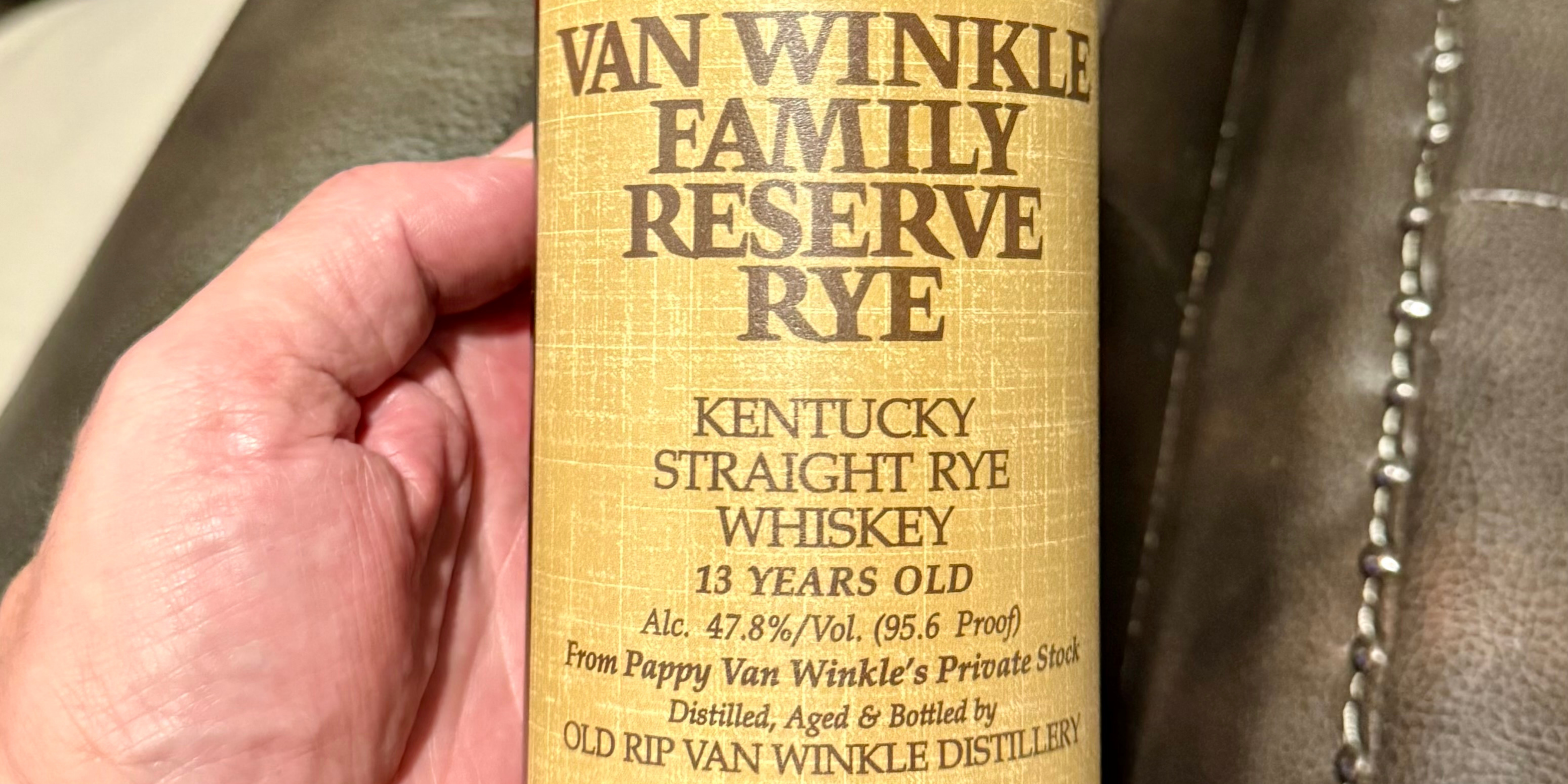Decoding Whiskey Labels

Ever picked up a bottle of whiskey and felt like you needed a translator? You’re not alone. Whiskey labels can be full of jargon that seems cryptic at first glance—but once you know what to look for, they tell a detailed story about what’s inside. This guide will help you confidently decode any whiskey label so you can make more informed (and enjoyable) choices.
What You’ll Almost Always See
- Brand Name/Distillery: This is the name of the company that produced or bottled the whiskey. Sometimes it’s the actual distillery, and other times it’s a brand that sources whiskey from various distilleries (common with blends).
- Type of Whiskey: This tells you the fundamental category of the spirit. Examples include:
- Bourbon: A type of American whiskey made with at least 51% corn and aged in new, charred oak barrels. It must be produced in the United States.
- Rye: Another American whiskey, this one made with at least 51% rye grain and aged in new, charred oak barrels.
- Scotch Whisky: Whisky made in Scotland. It has specific subcategories like:
- Single Malt: Made from 100% malted barley at a single distillery.
- Single Grain: Made at a single distillery but can use other grains in addition to malted barley (like wheat or corn).
- Blended Scotch Whisky: A mix of one or more single malt Scotch whiskies with one or more single grain Scotch whiskies.
- Blended Malt Scotch Whisky (formerly called Vatted Malt): A blend of two or more single malt Scotch whiskies from different distilleries.
- Blended Grain Scotch Whisky: A blend of two or more single grain Scotch whiskies from different distilleries.
- Irish Whiskey: Whiskey made in Ireland, with its own set of regulations. Common types include Single Malt, Single Pot Still (made from malted and unmalted barley in a pot still at a single distillery), Grain, and Blended.
- Tennessee Whiskey: Similar to bourbon but with the additional step of the “Lincoln County Process,” where the spirit is filtered through sugar maple charcoal before aging.
- Canadian Whisky: Whisky produced in Canada, often a blend of various grains.
- Japanese Whisky: Whisky made in Japan, often following Scotch whisky production methods.
- Age Statement: If a number followed by “years old” appears on the label, it indicates the youngest whiskey in the bottle. Even if the blend contains older whiskies, the age statement reflects the minimum age. If there’s no age statement, it generally means the whiskey is at least four years old (in the US, “straight” whiskey must be aged at least two years).
- Alcohol by Volume (ABV): This percentage indicates the amount of alcohol in the whiskey. In the US, you might also see “Proof,” which is simply double the ABV (e.g., 50% ABV is 100 proof).
- Net Contents: This tells you the volume of liquid in the bottle, usually in milliliters (ml) or liters (L). Most common in the US are 750 Milliliters, although the 700 milliliter bottle used in Europe is making inroads.
- Country of Origin: Where the whiskey was produced.
- Manufacturer/Importer Information: The label will usually include the name and location of the distiller or the company that imported the whiskey.
Terms That Add More Detail
- Straight: On American whiskey labels (like bourbon or rye), “straight” means the whiskey was aged for at least two years in new, charred oak barrels (for bourbon and rye), and if it’s a blend of straight whiskies, all the whiskey in the bottle must be from the same state.
- Bottled in Bond: This is a specific designation for American whiskey that means it must meet the following criteria:
- Distilled at a single distillery in a single distilling season (January-June or July-December of the same year).
- Aged for at least four years in a federally bonded warehouse under US government supervision.
- Bottled at 100 proof (50% ABV).
- Single Barrel: This means all the whiskey in the bottle came from one specific aging barrel and was not mixed with whiskey from other barrels. These releases often have unique characteristics.
- Small Batch: This term isn’t strictly regulated but generally indicates that the whiskey is a blend of a limited number of carefully selected barrels. The exact number of barrels can vary between producers.
- Cask Finish/Double Wood/Triple Wood: These terms indicate that the whiskey was initially aged in one type of cask (usually new or ex-bourbon oak) and then transferred to another type of cask for a secondary maturation period. The finishing casks can be made of different types of oak or may have previously held other beverages like sherry, port, wine, or rum, imparting additional flavors.
- Unchill-filtered: Some whiskies are chill-filtered to remove sediment and haze that can occur at cooler temperatures. Unchill-filtered whiskies retain more of their natural oils and esters, which some believe enhances the flavor and mouthfeel. They may appear cloudy if chilled.
- Cask Strength/Barrel Proof: This means the whiskey was bottled at its natural strength directly from the aging barrel(s) without the addition of water to lower the ABV. These are typically higher in alcohol content and can offer a more intense flavor experience.
- Mash Bill: While not always explicitly stated, some labels might hint at the grain recipe (“mash bill”) used to make the whiskey. For example, “high-rye bourbon” indicates a bourbon with a higher percentage of rye in the mash bill, which typically contributes more spicy notes. “Wheated bourbon” uses wheat as the secondary grain instead of rye, often resulting in a softer, sweeter flavor profile.
Regional Indicators (Especially for Scotch)
- Speyside, Islay, Highlands, Lowlands, Campbeltown: These are recognized Scotch whisky regions, each known for generally producing whiskies with distinct flavor characteristics. However, these are broad generalizations, and individual distilleries within these regions can have their own unique styles.
Next time you’re browsing the whiskey aisle or adding a new bottle to your collection, take a minute to scan the label with fresh eyes. From mash bills and barrel finishes to age statements and regions, these details offer a window into the flavor, craftsmanship, and heritage behind each pour. Whiskey is more than just a drink—it’s a story in a bottle. Now you’re equipped to read it like a pro.

Leave a Reply
Become an insider and receive weekly advice, tips, and insight on all things whiskey
.
Weekly tips, reviews and recommendations to help you enjoy whiskey life to the fullest.
JOIN THE LIST
Sippin' With Jordan Davis
sippin' with the stars
Million Dollar Cowboy Bar WY
old fashioned aF
5 Steps To Sip and Savor Whiskey
whiskey 101
COMMENTS